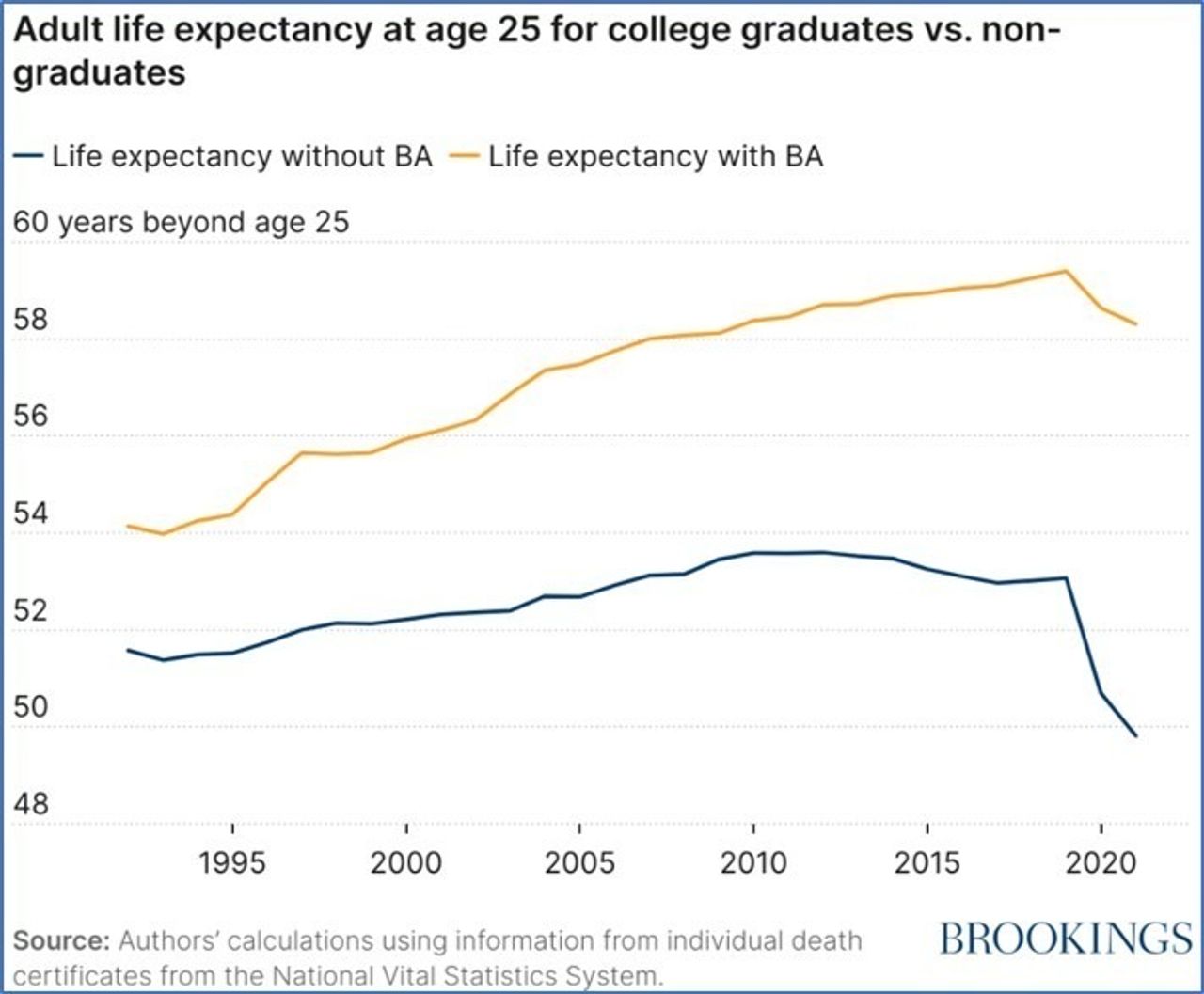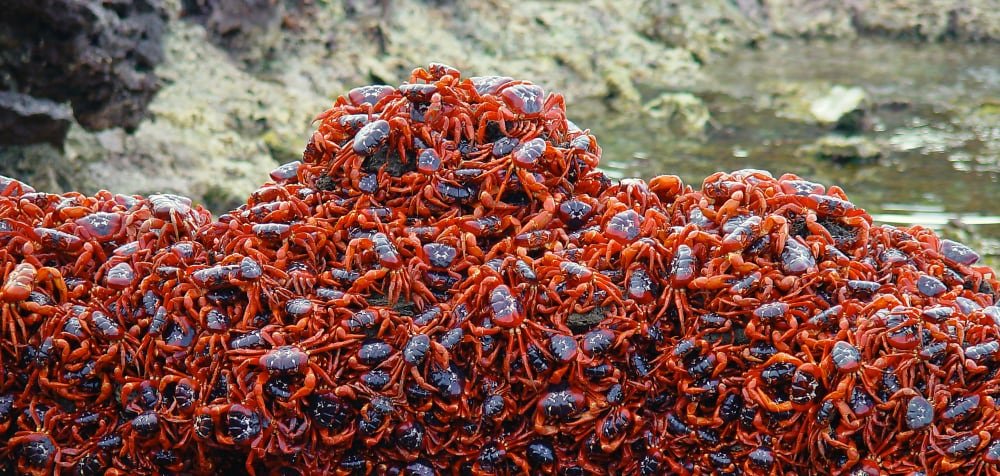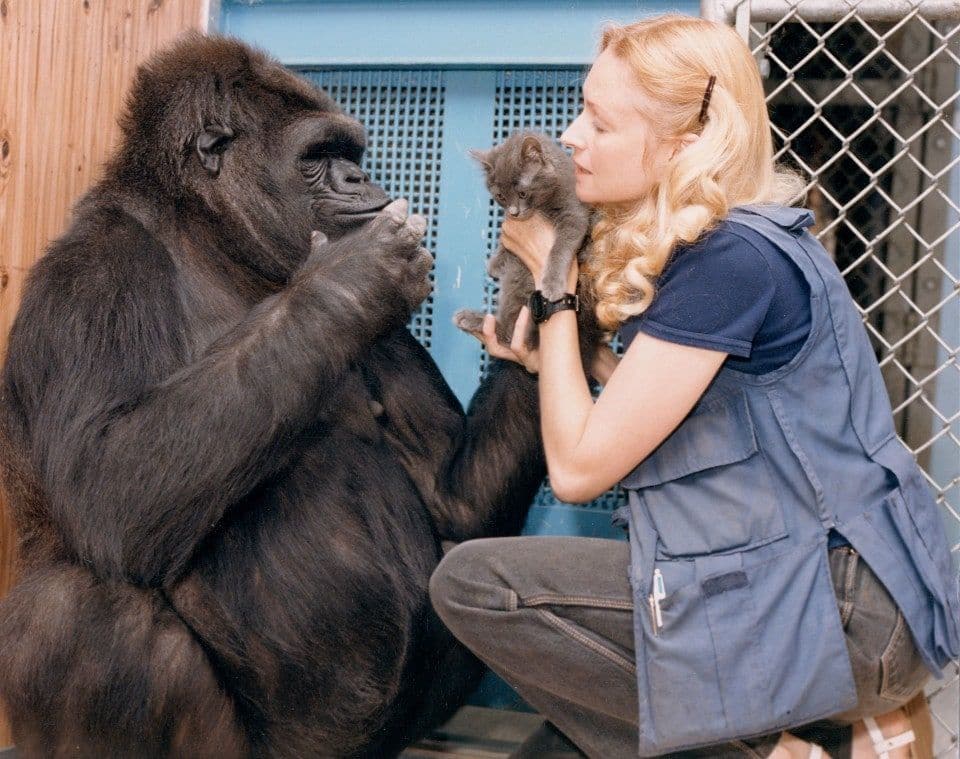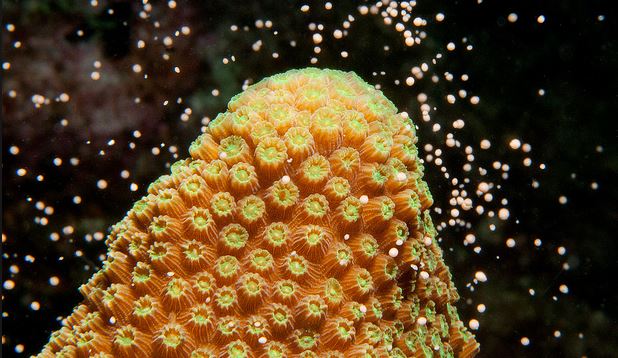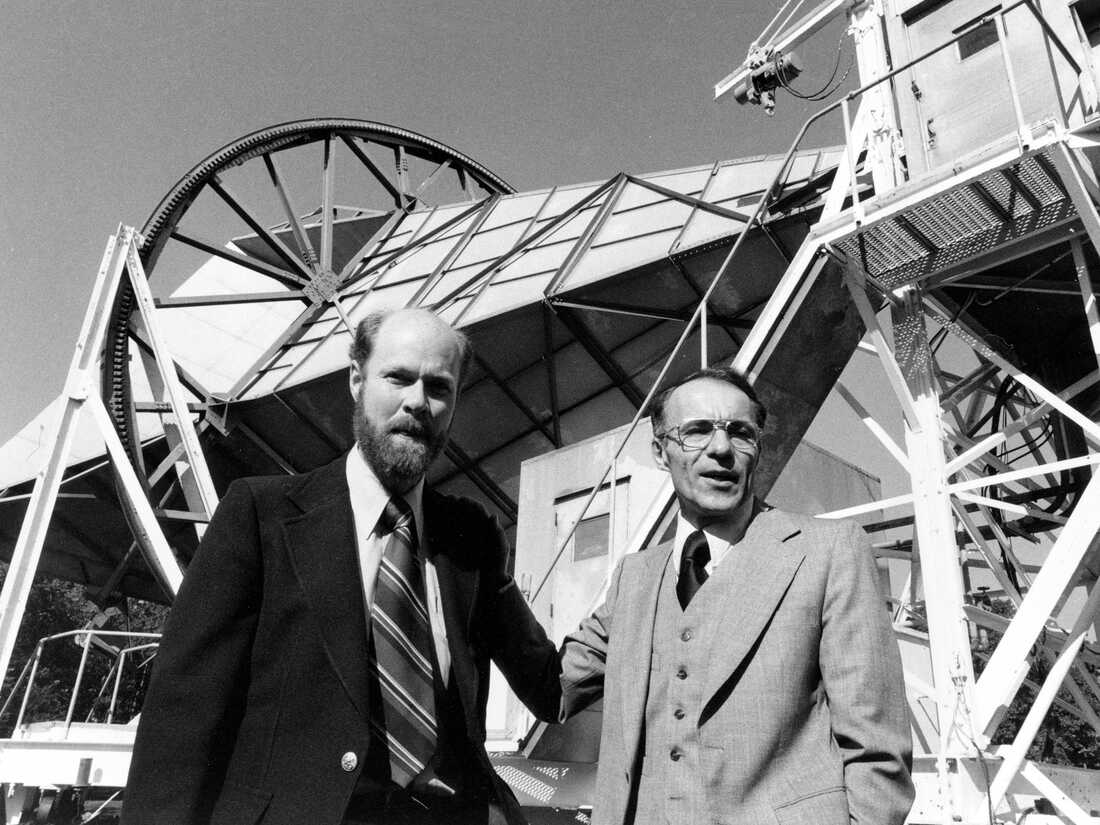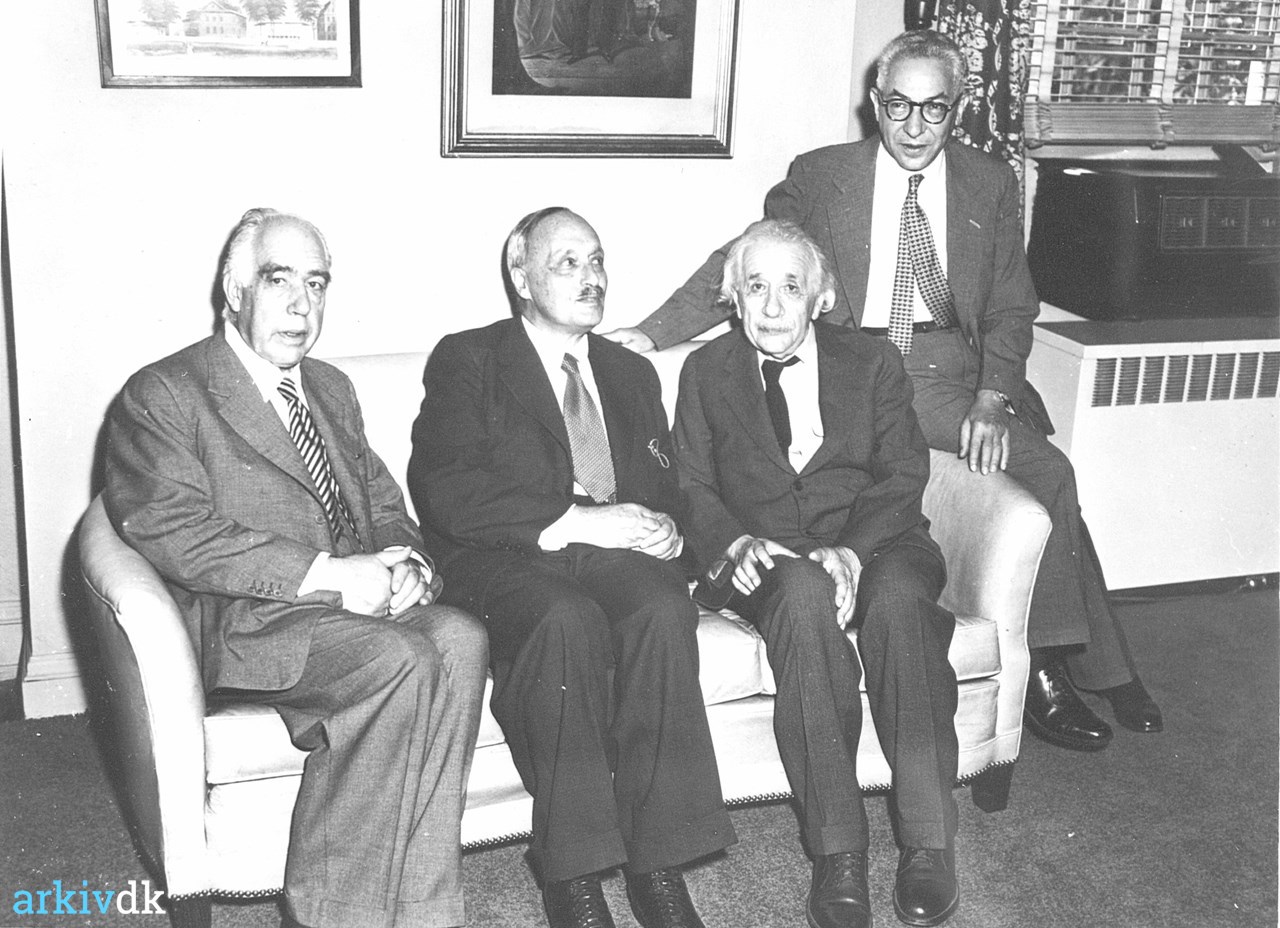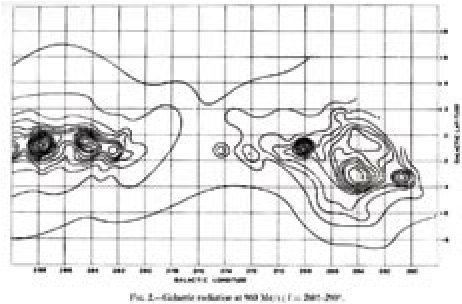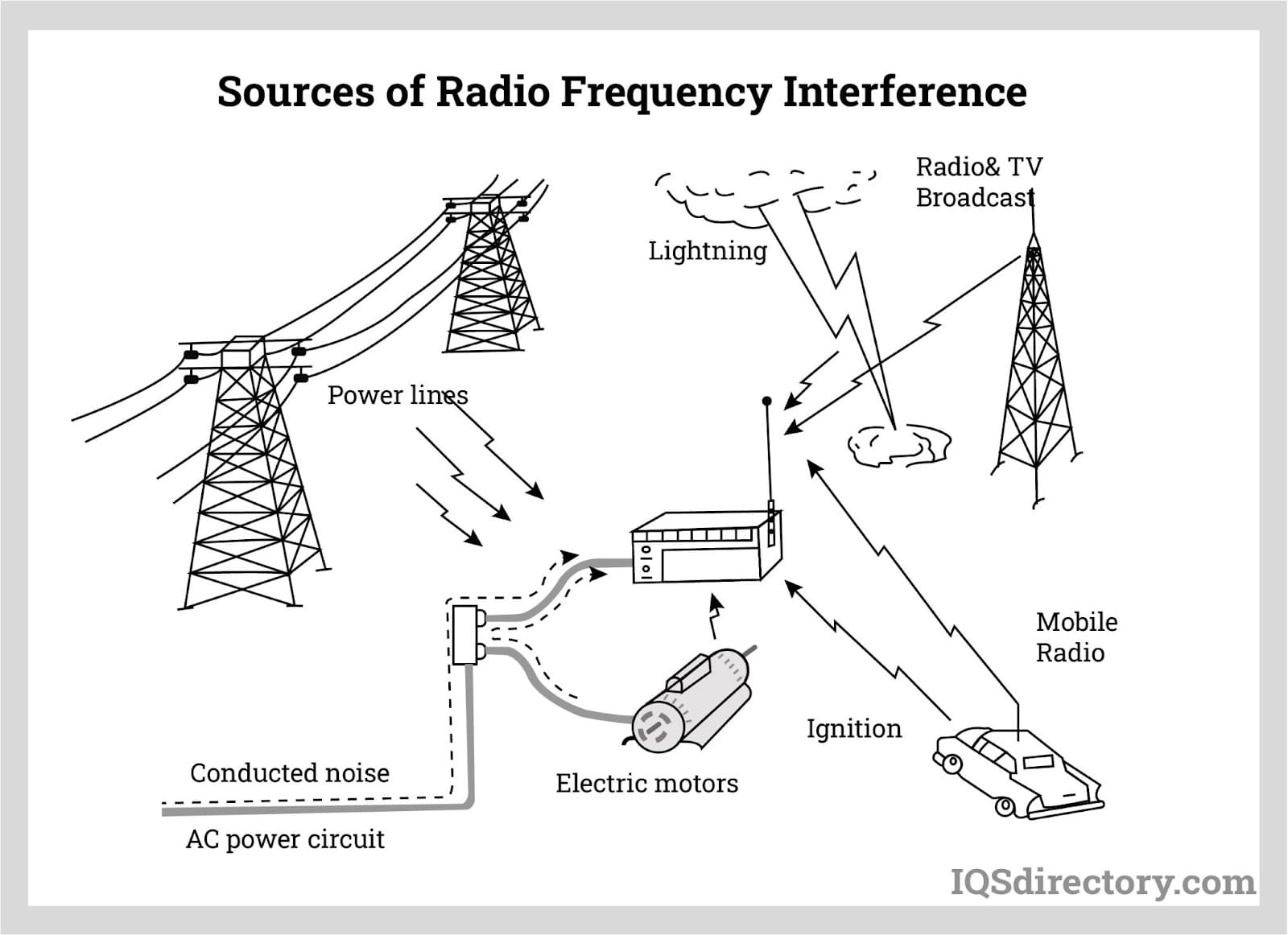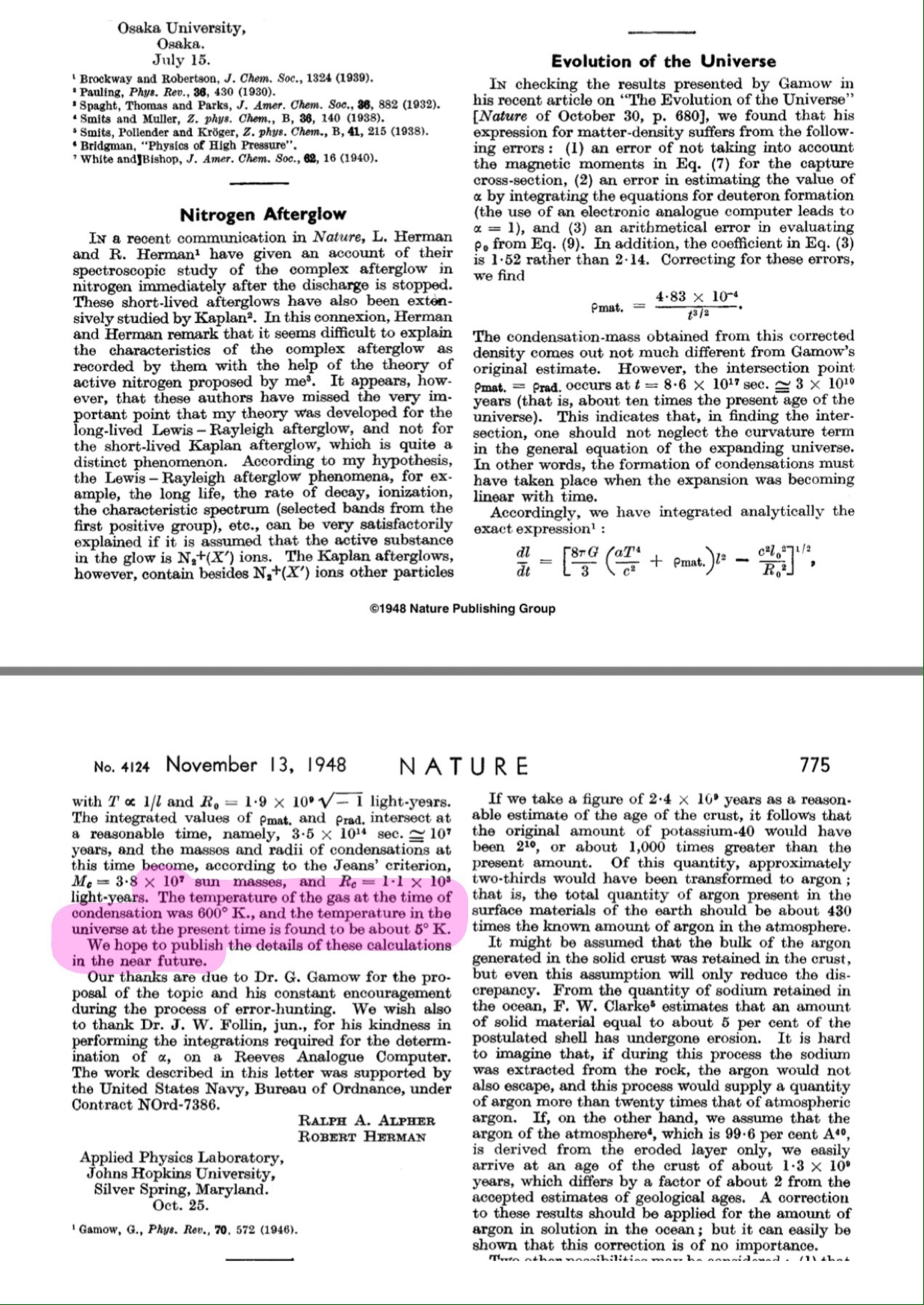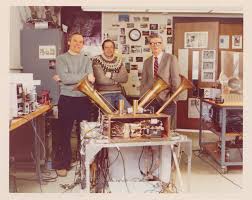There’s plenty to talk about this month in Space. For both manned and unmanned spaceflight there’s good news and bad news so let’s start with manned spaceflight first.

The good news of course is the successful launch on January 18th of the Axiom-3 (Ax-3) private mission to the International Space Station (ISS). Although the mission is a private one the crew are not millionaire tourists, they are astronauts representing four different nations. Mission Commander Michael Lopez-Alegria is a dual US-Spanish citizen who has previous flown in space with NASA. The other three crewmen are all space novices with Walter Villadei of Italy serving as Pilot along with Marcus Wandt of Sweden and Alper Gezeravci of Turkey as mission specialists. Astronaut Gezeravci represents Turkey’s first astronaut.
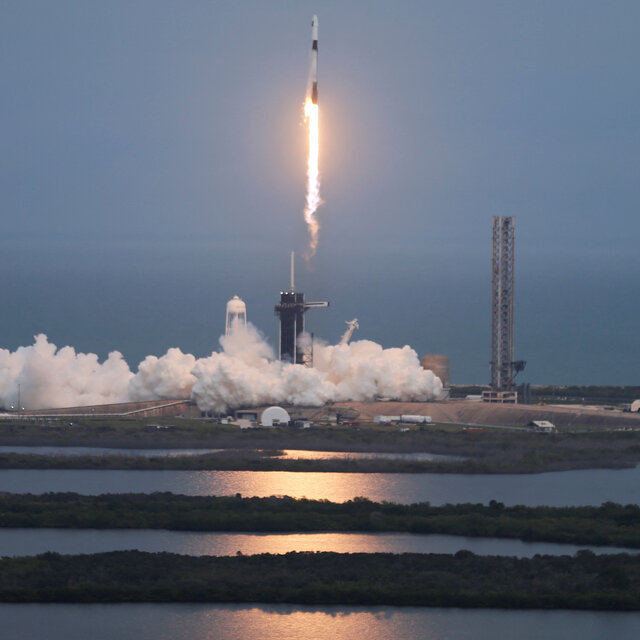
After docking at the ISS on January 20th the four astronauts spent two weeks performing experiments before returning to Earth on their Dragon capsule. The Ax-3 mission is Space X’s twelfth manned mission and as I’ve said before Space X is making the whole process of traveling to Low Earth Orbit (LEO) a routine affair. While the return of the Ax-3 mission was delayed by two days owing to bad weather at the landing zone in the Gulf of Mexico off of Pensacola, Florida the actual re-entry was uneventful, the four astronauts splashing down on February the ninth.
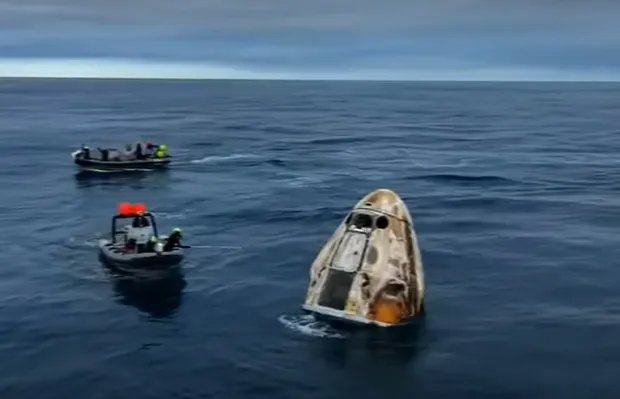
That’s the whole point of the Space X – Axiom collaboration. Using Space X’s reusable Falcon 9 rocket and Dragon Capsule the cost of space travel is steadily coming down, the four nations involved in Ax-3 mission each paid $55 million dollars to send their astronauts into orbit. because of that small countries and corporations can now send scientists and engineers into LOE to do research aboard a new generation of space stations, and the cheaper it gets the more that will do so.

Getting beyond LOE is another matter however. Only one nation, the US has ever succeeded in taking astronauts to Earth escape velocity and the last time they did that was back in 1972. Back in December of 2022 NASA finally succeeded in sending an unmanned, but man capable Orion capsule on a journey around the Moon on its Artemis 1 mission. At that time it was anticipated that the first manned mission, Artemis 2 another trip around the Moon, would take place later this year.
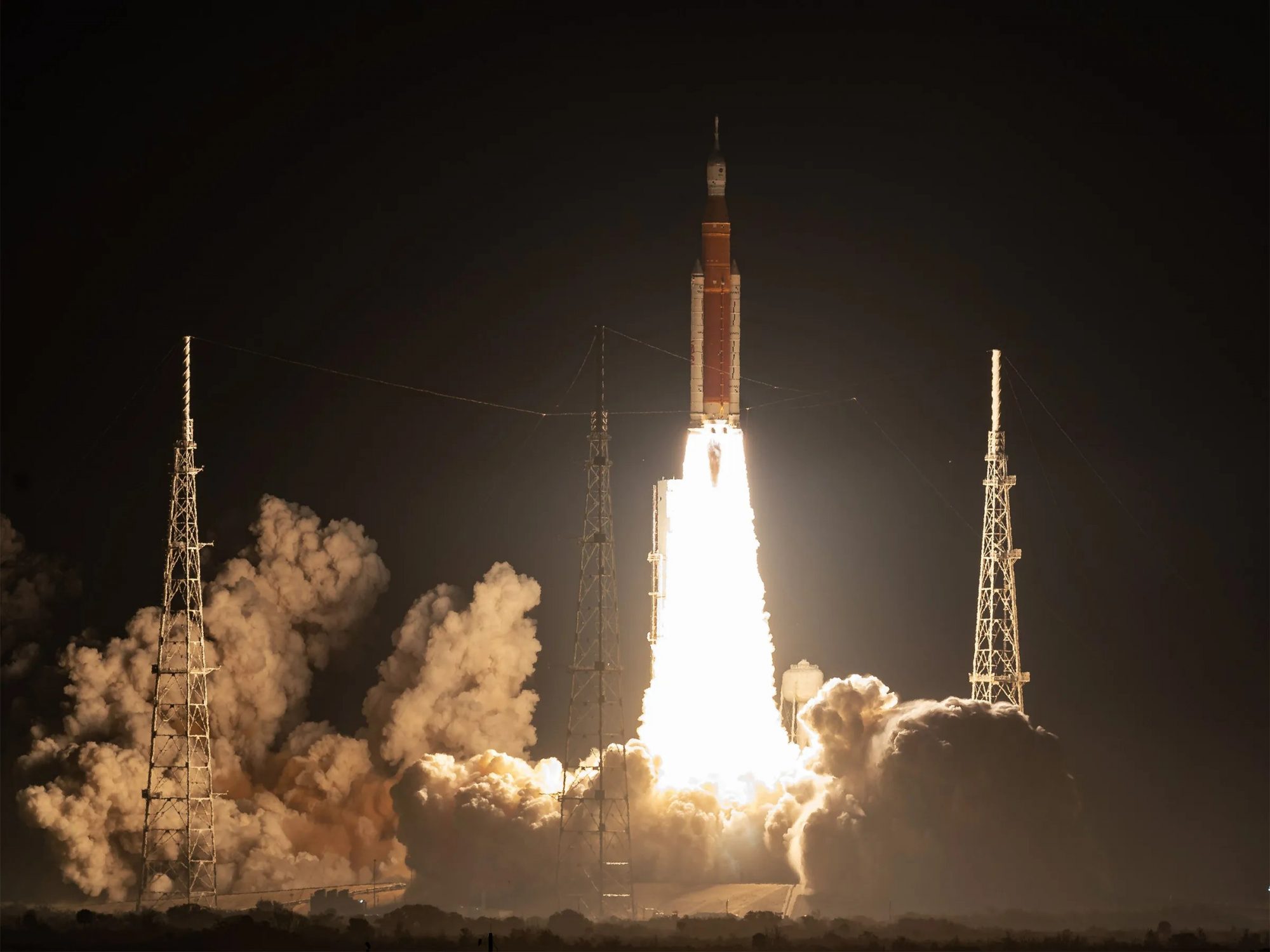
That mission has now been delayed however. On January 9th NASA announced that the Artemis 2 mission would take place No Earlier Than (NET) September of 2025. That schedule change will then affect all subsequent missions in the Artemis program. Artemis 3, the first mission to attempt a landing, will now take place NET late 2026 and most likely will be pushed back into 2027.
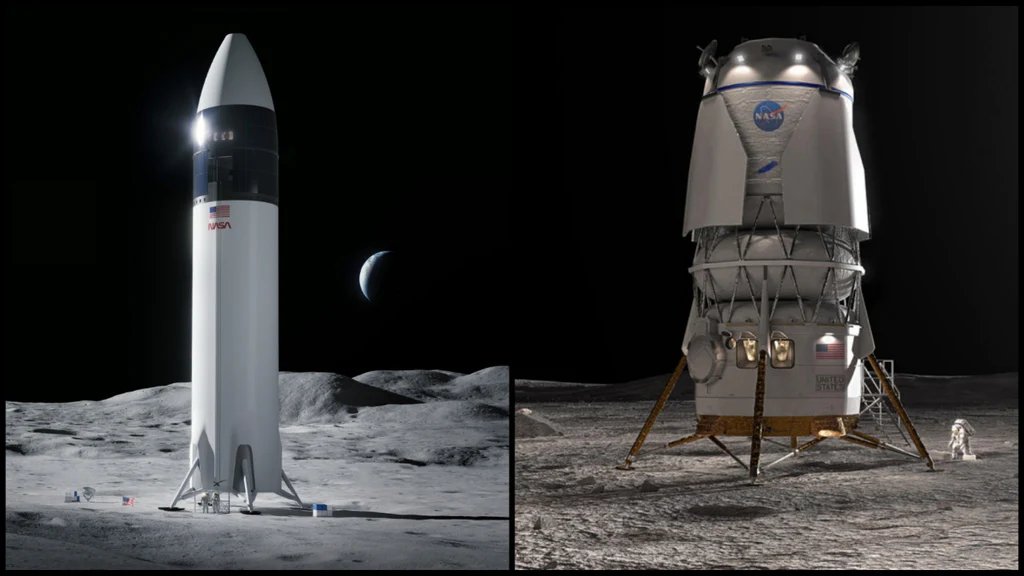
The major reason for the delay is the Orion capsule’s heat shield, which during reentry on the Artemis 1 mission did not behave in a ‘nominal’ fashion. Finding out exactly what happened is taking longer than expected and with several additions technical issues as well it was decided to announce the delays now.
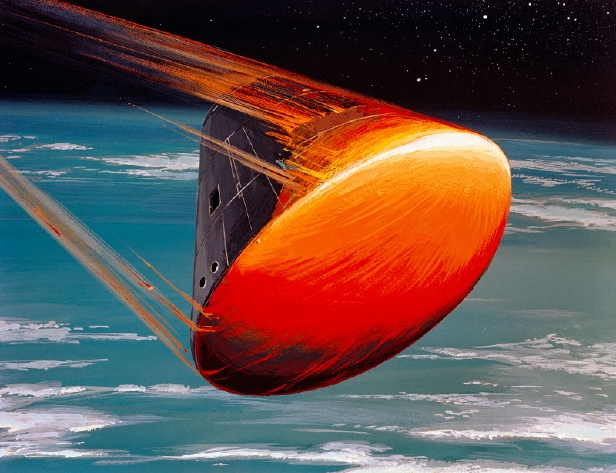
The delay in the Artemis missions does not mean that the Moon is lonely however. In January there were two separate attempts at landing a robotic probe on the Lunar surface and again with mixed results. The first to launch was the Peregrine probe that represented the first try at a landing on the Moon by a private corporation; Pittsburgh based Astrobotic Corporation. Sounds a bit like the Ax-3 mission doesn’t it. Similarly to Axiom Space, the idea in the Peregrine lander was that countries or corporations could pay to put an instrument or experiment onboard Peregrine, which Astrobotic would then launch to the Moon.

Peregrine started out with an auspicious launch, the first ever for the new Vulcan rocket from United Launch Alliance (ULA). Vulcan performed well, lifting off from Kennedy Space Center and putting Peregrine into a trajectory for the Moon. However, almost immediately after separating from it’s launch vehicle the probe suffered a fuel leak that spelled disaster for the 1.2 tonne lander. Peregrine never succeeded in leaving Earth orbit and in fact about a week after launch the probe fell back into Earth’s atmosphere and burned up.

The Japanese space agency JAXA was a bit luckier with its Smart Lander for Investigating the Moon or SLIM lunar probe. The landing on the Moon went extremely well with SLIM making the most precise touchdown ever on the Lunar surface, within about 100m of it’s intended position.
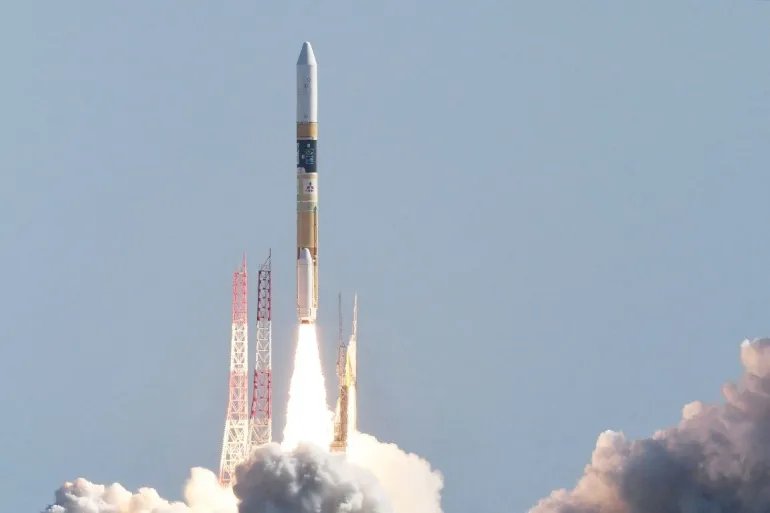
Almost immediately however the engineers in Japan noticed that the power levels in the lander’s batteries were dropping rapidly, the craft’s solar arrays were not providing any power to recharge them. Acting quickly the engineers downloaded every image, every bit of data they could from SLIM. Then, about three hours after touchdown on the Moon’s surface the lander was shut down to conserve the last 12% of battery power remaining.
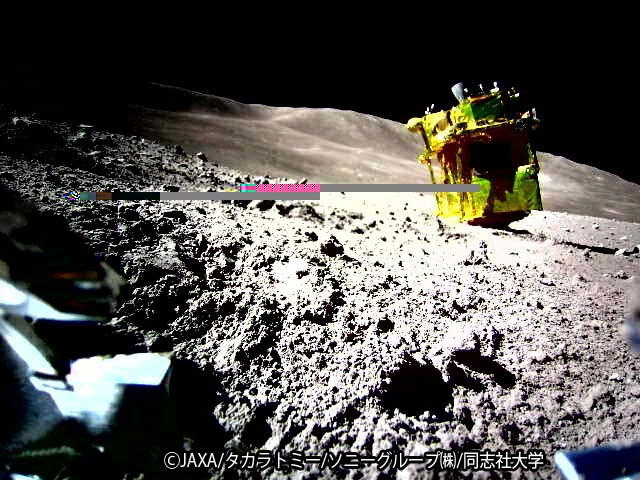
After several days of investigating what happened the engineers at JAXA realized that the spacecraft had somehow landed on its head, it was upside down on the Lunar surface. In that position its solar panels weren’t getting enough of the Sun’s light to fully power the probe causing the drop in electrical power.

The Sun does move across the sky during the Lunar day however and on the 28th of January SLIM’s solar arrays began to produce enough power to allow the engineers in Japan to bring it back to life, for a while at least. The long Lunar night is coming during which time the probe will have to depend on whatever energy is stored it its batteries, so whether SLIM can survive to continue its mission is questionable.

That’s the reality of operating in space however; there are successes, failures and sometimes even partial successes. Like a child learning to walk we are learning how to live and work in space, you have to expect an occasional fall now and then.

One last sad note, NASA’s venerable Voyager 1 spaceprobe is in trouble. The probe, which was launched way back in 1977 and is now 24 billion kilometers from Earth is the farthest man-made object ever and has for the last 10 years been sending back data about conditions in interstellar space.

The trouble started back in November when the data sent back from Voyager suddenly became a repeated pattern of meaningless 1’s and 0’s before turning into what’s known as a ‘carrier tone’, nothing more than a steady hum that at least let’s engineers at NASA know the probe is still there. After several months of investigation the engineers are convinced that the problem lies in the spacecraft’s Flight Data Subsystem and could be something as simply as a single corrupted bit in the memory.
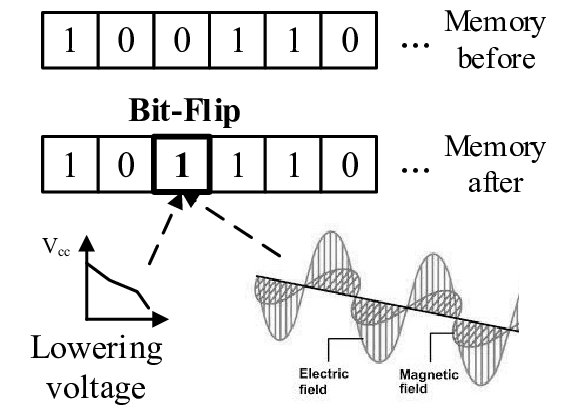
Fixing Voyager’s problem is going to be a very difficult problem, if it can be done at all. The probe is so far away that it takes 45 hours to send a radio signal and get a response back, and right now Voyager isn’t responding. Also, the spacecraft is more than 45 years old, making it older than some of the engineers trying to fix it.

Now Voyager 2 is still transmitting, sending back data from outside our Solar System. Nevertheless, sooner or later we are going to have to accept the loss of both Voyager space probes, let’s just hope it’s not yet!


